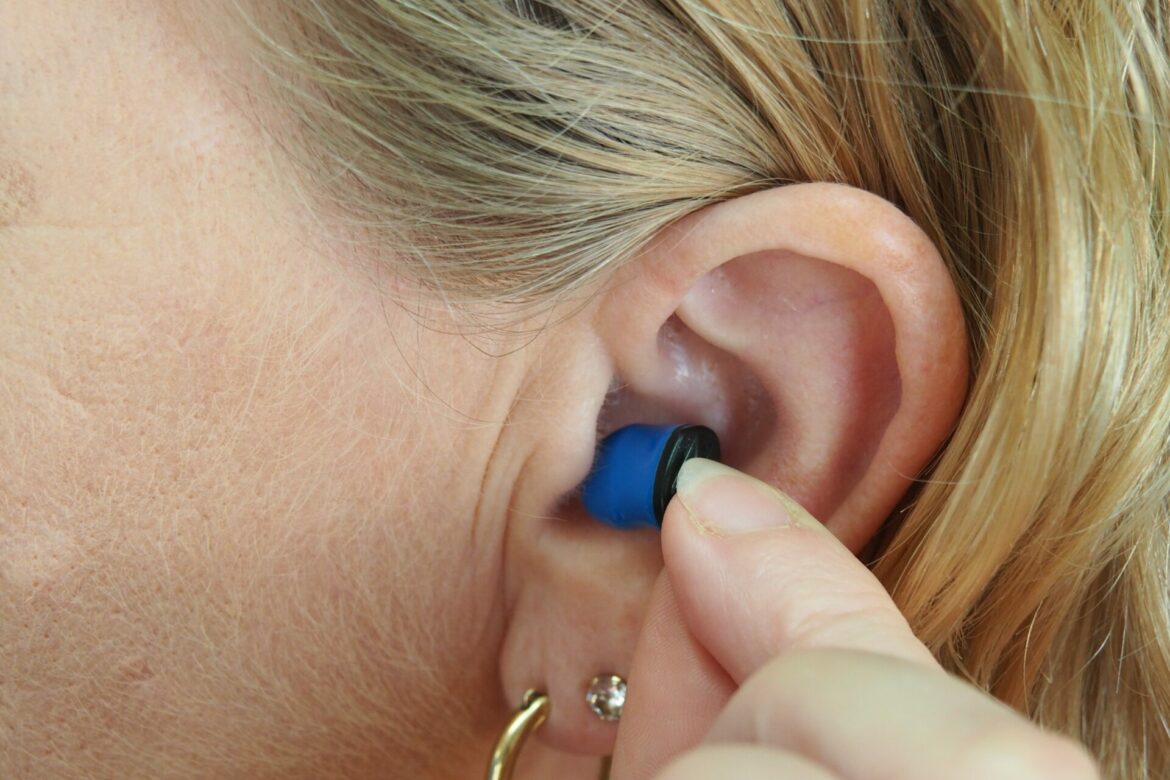
What are workplace noise dosimeters used for?
Noise dosimeters are used to collect noise level data, commonly used in traditionally noisy working environments. When workers are exposed to noise levels above a healthy range, detrimental effects can be expected – both for the company and the workers themselves. In this article, we unpack how workplace noise dosimeters work, share five reasons noise is a problem in the workplace, and how to arrange noise risk assessments and monitoring in Africa.
How do noise dosimeters work?
Workplace noise dosimeters measure someone’s exposure to noise over a specific period of time. The principle of operation is based on the measurement of sound pressure levels, with noise dosimeters typically featuring a microphone, an analog or digital signal processing unit, and a data storage device like a memory card.
When in use, the dosimeter’s microphone picks up sound which is converted into electrical signal. This signal is processed to calculate the sound pressure level (SPL) in decibels (dB). Dosimeters also use integrating algorithms to determine the amount of noise that workers are exposed to over a period of time, like an 8-hour shift.
Modern noise dosimeters might also include additional features like time logging, which means users can see noise level variations during the time period and can evaluate which specific tasks or environments are louder and more dangerous.
Why is noise a problem in workplaces?
- Loss of hearing
Prolonged exposure to loud noises can lead to permanent hearing loss and tinnitus in human beings, which can have significant impacts on a worker’s quality of life.
- Increased stress
Noise pollution in the workplace can also cause stress and anxiety levels to rise, leading to a decrease in overall well-being and ultimately worker productivity.
- Poor communicating
Loud noises in workplaces can make it difficult for workers to communicate effectively, leading to potential safety hazards and possible mistakes being made.
- Mental health impacts
Noise pollution has been linked to a number of mental health issues such as depression and anxiety. This is most likely due to the increased levels of stress and anxiety.
- Reduced productivity
Constant distractions caused by loud noises can make it difficult for workers to focus on their jobs and be productive, potentially impacting a business’s bottom line.
Arrange workplace noise risk assessments and monitoring in South Africa
In South Africa, the criterion for reducing the risk of hearing damage is based on limiting the exposure to an 8-hour rating level (Lreq8h) of 85dB (A). The Noise-Induced Hearing Loss Regulations of 2003 require employers to prevent or reduce risks to the health and safety of their employees from exposure to noise at work. Protect your workers’ occupational safety and overall health by contacting Apex Environmental to arrange noise risk assessments and monitoring in Africa.








